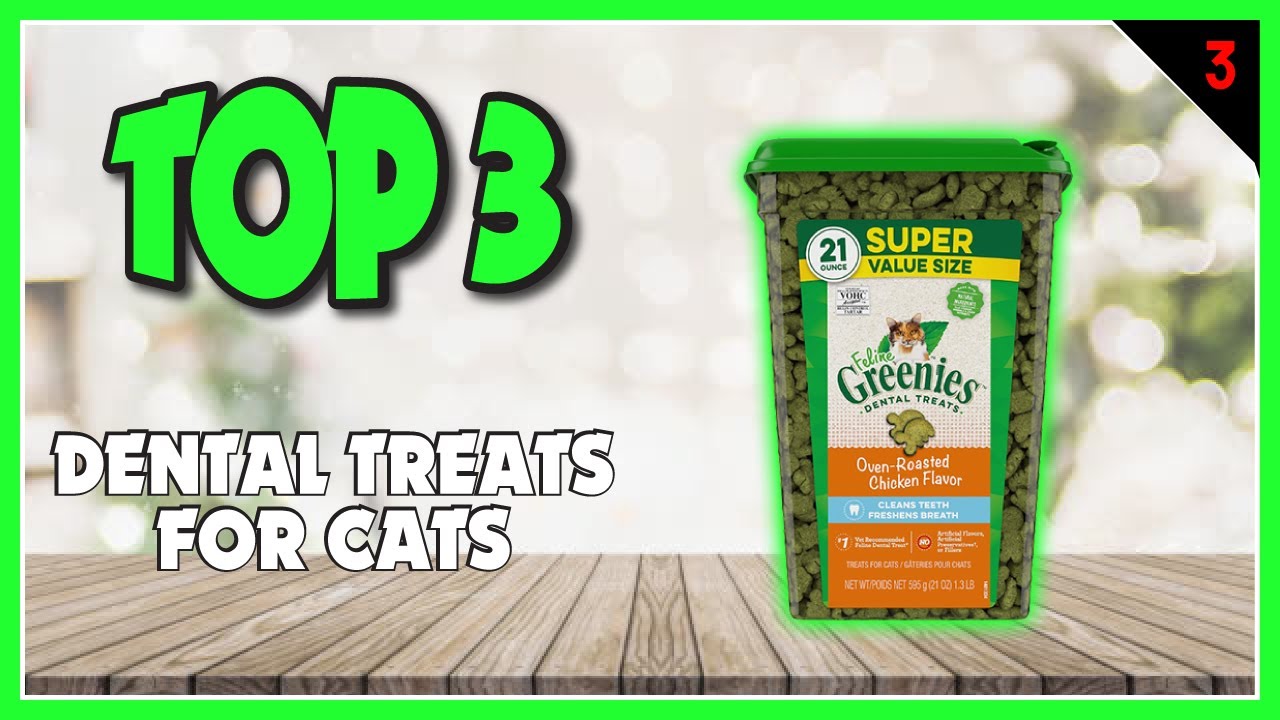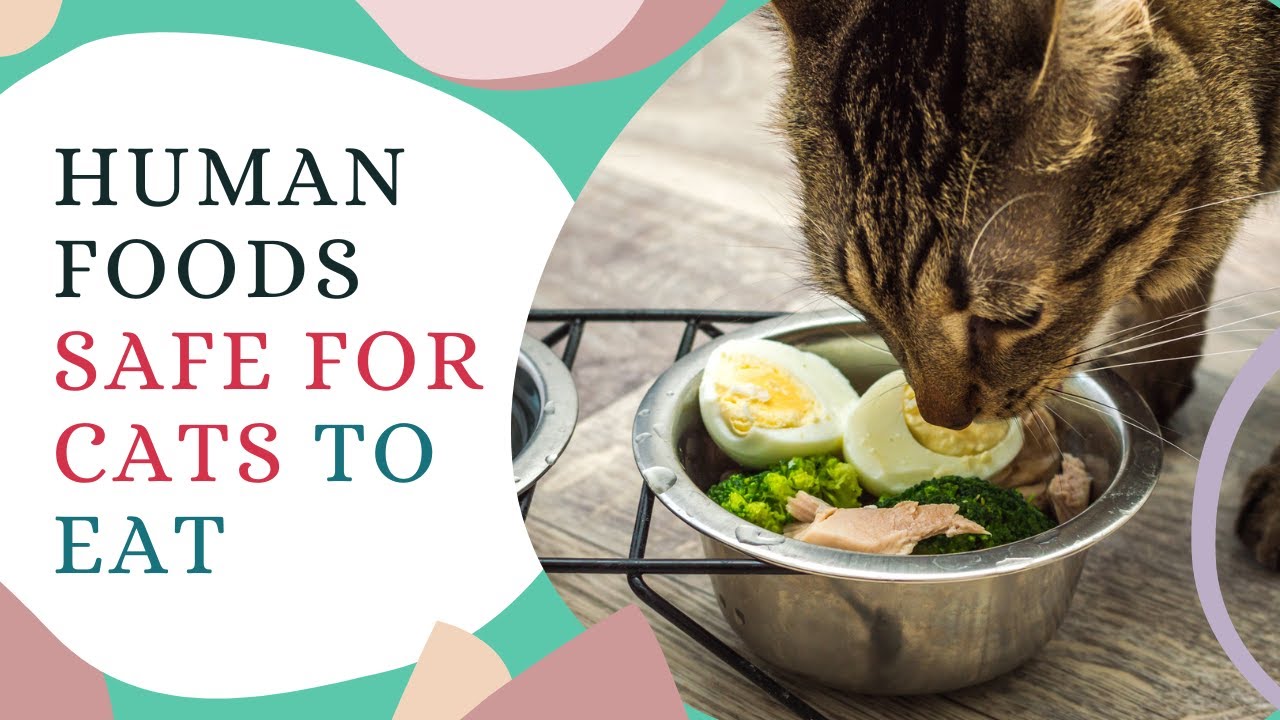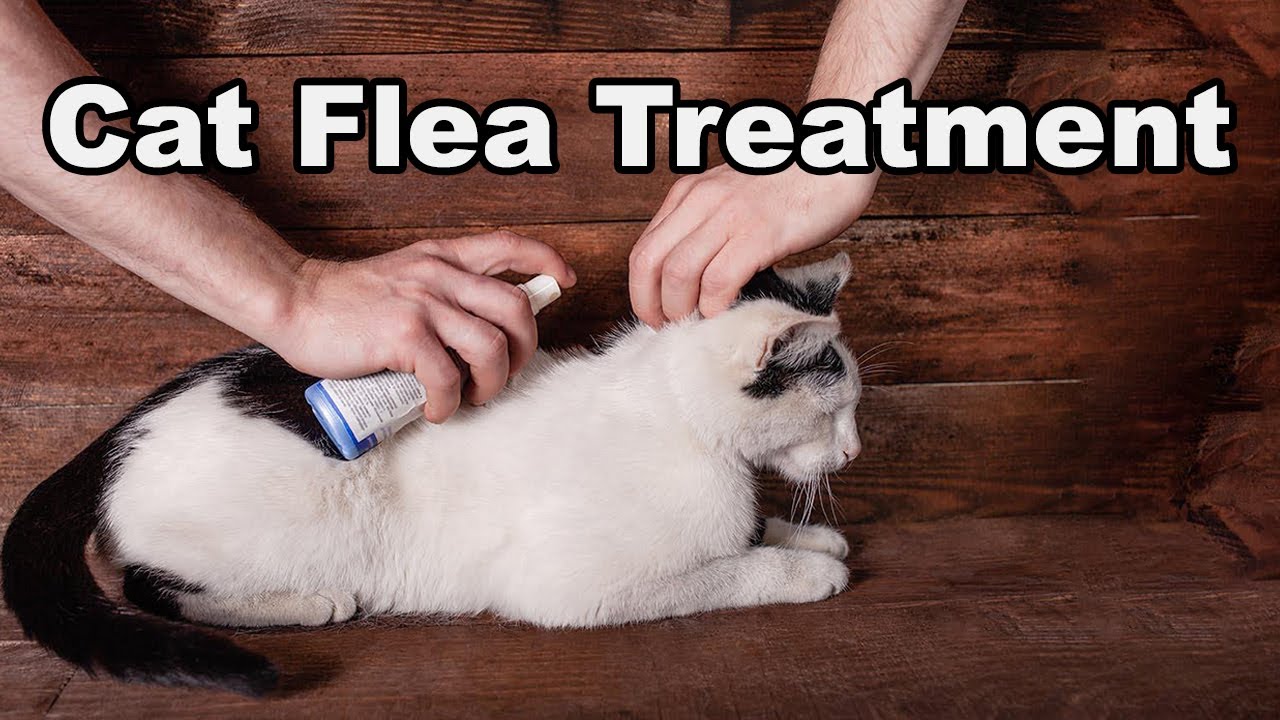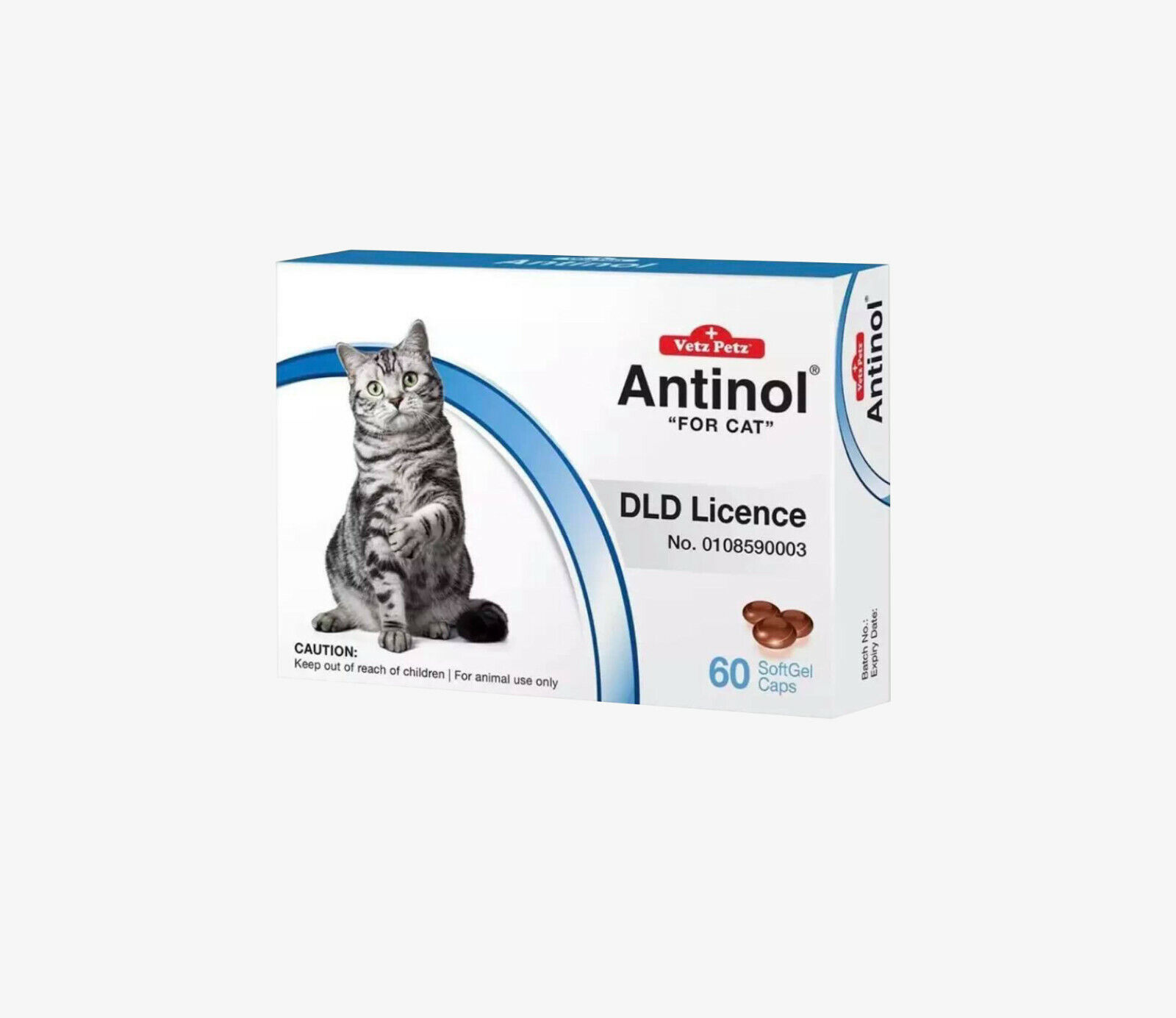As a cat owner, you treasure the moments when your feline friend leaps playfully or nestles in for a cozy nap. However, ensuring their dental health is just as vital to their well-being, as dental disease impacts up to 60–80% of cats, causing plaque, tartar, bad breath, and even tooth loss. In 2025, cat dental treats have become a favored, vet-endorsed solution for supporting oral hygiene, offering a delicious and low-stress alternative to tooth brushing, especially for cats who resist it. These treats help reduce tartar and plaque while freshening breath, making them an essential part of your cat’s daily care.
Selecting the best dental treats can be daunting, with challenges like ensuring effectiveness, verifying safe ingredients, and appealing to picky eaters. This guide is your ultimate resource for choosing the best cat dental treats in 2025. Whether you’re caring for a kitten, adult, or senior cat, we’ll guide you through the options to keep your cat’s smile healthy and bright. Let’s get started and give your cat the dental care they deserve!
Why Cat Dental Treats Are Essential
Dental treats work by mechanically scraping plaque and tartar as cats chew, while some include enzymes or ingredients to combat oral bacteria. Here’s why they’re a must-have in 2025:
-
Plaque and Tartar Control: Crunchy textures and active ingredients reduce buildup on cheek teeth (premolars and molars).
-
Breath Freshening: Natural deodorizers like parsley or chlorophyll neutralize odors.
-
Gum Support: Chewing stimulates saliva production, which naturally fights bacteria and promotes gum health.
-
Ease of Use: A stress-free alternative to brushing, ideal for cats who dislike it, complementing professional cleanings.
Personal Insight: My cat, Luna, had mildly stinky breath that made cuddle time less pleasant. Introducing dental treats like Greenies not only freshened her breath but also reduced tartar, making vet visits more positive.
Benefits of Dental Treats
Dental treats provide multiple benefits for feline oral health:
-
Tartar Reduction: Help prevent periodontal disease, which affects 80% of cats over age 3.
-
Plaque Prevention: Mechanical action and enzymes limit plaque buildup.
-
Improved Breath: Enhance close interactions with fresher breath.
-
Nutritional Boost: Many treats include vitamins (e.g., A, B12) and minerals (e.g., taurine, calcium) for overall wellness.
-
Low-Stress Care: Tasty treats encourage compliance compared to brushing.
Expert Tip: Dental treats complement but don’t replace brushing or professional cleanings. Consult your vet for cats with advanced dental issues to ensure treats are appropriate.
Step-by-Step Guide to Choosing the Best Cat Dental Treats
Choosing effective dental treats requires careful evaluation. Here’s how to select the best options in 2025, based on reviews and veterinary expertise:
Step 1: Evaluate Your Cat’s Needs
Assess your cat’s oral health and preferences:
-
Age: Kittens need softer, smaller treats; adults and seniors benefit from harder, tartar-fighting textures.
-
Dental Condition: Look for signs like bad breath, yellowed teeth, or red gums, indicating plaque or gingivitis.
-
Dietary Needs: Note allergies (e.g., poultry, grains) or sensitivities requiring limited-ingredient treats.
-
Palatability: Consider flavors like salmon, chicken, or catnip to appeal to finicky eaters.
Example: Tunde, my neighbor who has a cat in Abuja, noticed his cat, Simba, had tartar buildup. After a vet confirmed mild gingivitis, Purina DentaLife treats reduced tartar, and Simba loved the chicken flavor.
Step 2: Check for Veterinary Approvals
Ensure treats are effective and safe:
-
VOHC Seal: Veterinary Oral Health Council approval verifies plaque/tartar reduction (e.g., Greenies, Purina DentaLife).
-
Vet-Endorsed: Choose brands backed by veterinarians or clinical studies.
-
Safe Ingredients: Avoid artificial colors, flavors, or high-carb fillers like corn or wheat, which may not suit obligate carnivores.
Table 1: Key Dental Treat Certifications
|
Certification |
Description |
Benefit |
|---|---|---|
|
VOHC Seal |
Proven to reduce plaque/tartar |
Ensures dental efficacy |
|
Vet-Endorsed |
Backed by veterinary experts |
Confirms safety |
|
No Artificial |
Free from colors/flavors |
Minimizes allergy risks |
Table Explanation: This table lists certifications for dental treats, describing their standards and benefits. “VOHC” refers to the Veterinary Oral Health Council, ensuring proven oral health benefits.
Step 3: Prioritize Ingredient Quality
Focus on functional, high-quality ingredients:
-
Real Proteins: Named meats like chicken, salmon, or tuna as primary ingredients for nutrition and taste.
-
Active Ingredients: Enzymes (e.g., glucose oxidase), sodium hexametaphosphate, or malic acid to combat bacteria and tartar.
-
Breath Fresheners: Parsley, chlorophyll, or spearmint for odor control.
-
Avoid Fillers: Limit grains (corn, wheat) or soy, which offer minimal dental or nutritional value.
Expert Advice: Cats require meat-based diets, so dental treats should prioritize animal proteins over high-carb fillers to align with their carnivorous needs.
Step 4: Select Appropriate Texture and Size
Choose treats designed for dental benefits:
-
Crunchy/Hard: Scrapes plaque effectively (e.g., Greenies’ textured shape).
-
Porous: Allows teeth to sink in for deeper cleaning (e.g., DentaLife’s honeycomb design).
-
Size-Suitable: Small for kittens, larger for adults, but not too hard for seniors with dental sensitivities.
Step 5: Explore Reputable Brands
Select brands with strong reviews and veterinary support:
-
Greenies: VOHC-approved, renowned for tartar control and flavor variety.
-
Purina DentaLife: Porous, VOHC-approved treats with added nutrients.
-
Emerald Pet: Grain-free, allergy-friendly treats for sensitive cats.
-
Tartar Shield: Clinically proven to reduce tartar significantly.
Table 2: Top Cat Dental Treat Brands
|
Brand |
Key Product |
Benefits |
|---|---|---|
|
Greenies |
Feline Dental Treats (Salmon) |
VOHC-approved, palatable |
|
Purina DentaLife |
Tasty Chicken Dental Treats |
Porous, VOHC-approved |
|
Emerald Pet |
Feline Dental Treats (Tuna) |
Grain-free, allergy-safe |
|
Tartar Shield |
Cat Treats (Chicken) |
40% tartar reduction |
Table Explanation: This table highlights leading dental treat brands, their flagship products, and key benefits. “VOHC-approved” confirms proven plaque/tartar reduction.
Step 6: Consult Your Veterinarian
Before introducing treats:
-
Schedule a dental exam to rule out gingivitis or periodontal disease needing professional intervention.
-
Verify treats suit your cat’s health (e.g., grain-free for allergic cats).
-
Ensure treats fit within daily calorie limits (treats should be <10% of diet, ~20–30 kcal for a 10 lb cat).
Personal Insight: My vet suggested Greenies for Luna after a cleaning, ensuring they complemented her diet without adding excess calories, keeping her at a healthy weight.
Step 7: Test for Acceptance
Introduce treats gradually:
-
Offer one treat to test palatability; try different flavors if refused.
-
Ensure chewing occurs (swallowing whole reduces dental benefits).
-
Monitor for digestive issues or allergies (e.g., vomiting, itching), stopping if problems arise.
Step 8: Track Dental Improvements
Monitor results over 2–4 weeks:
-
Breath: Fresher odor signals reduced bacterial buildup.
-
Teeth: Less yellowing or tartar on cheek teeth (check with a flashlight).
-
Gums: Reduced redness or inflammation.
-
Comfort: Less pawing at the mouth or discomfort while eating.
Table 3: Signs of Effective Dental Treats
|
Aspect |
Improvement Signs |
Timeframe |
|---|---|---|
|
Breath |
Fresher, reduced odor |
1–2 wks |
|
Teeth |
Less tartar/yellowing |
2–4 wks |
|
Gums |
Reduced redness/swelling |
2–3 wks |
Table Explanation: This table outlines indicators of effective dental treats, listing improvements and expected timeframes. “Wks” stands for weeks.
Step 9: Establish a Routine
Incorporate treats consistently:
-
Feed daily per package instructions (e.g., 10–15 treats for a 10 lb cat, adjusted for weight).
-
Combine with brushing (2–3 times weekly) and annual vet cleanings for best results.
-
Store in resealable bags or airtight containers to preserve crunchiness.

A cat crunches on a dental treat, promoting cleaner teeth and fresher breath.
Top Cat Dental Treats in 2025: Detailed Reviews
Based on effectiveness, ingredient quality, palatability, and user feedback, here are the best cat dental treats, informed by recent reviews, veterinary insights, and online sentiment:
-
Feline Greenies Dental Treats (Salmon Flavor)
-
Type: Crunchy, VOHC-approved
-
Benefits: Reduces plaque and tartar (VOHC-certified), 27% protein, 10% fiber, fortified with vitamins A, B12, and taurine. Flavors include salmon, chicken, tuna, catnip.
-
Pros: Highly palatable, low-calorie (1.36 kcal/treat), vet-recommended, effective for tartar control.
-
Cons: Contains wheat and corn (potential allergens for some cats).
-
Price: ~$6 for 2.1 oz (~$2.86/oz).
-
Availability: Chewy, Amazon, PetSmart.
-
User Feedback: “My cat, Max, loves these salmon treats! His breath is fresher, and the vet saw less tartar at his checkup.” – Funmi, Lagos.
-
X Sentiment: “Greenies are a game-changer for my cat’s teeth!” – @catmom123.
-
-
Purina DentaLife Tasty Chicken Flavor Dental Treats
-
Type: Porous, VOHC-approved
-
Benefits: Scientifically proven to reduce tartar, porous honeycomb texture cleans teeth, includes calcium, taurine, and probiotics for digestion.
-
Pros: No artificial colors/flavors, budget-friendly, available in chicken or salmon.
-
Cons: Larger, round shape may be challenging for some cats to chew; texture less appealing to some.
-
Price: ~$5 for 1.8 oz (~$2.78/oz).
-
Availability: Chewy, Amazon, Walmart.
-
User Feedback: “These saved my cat’s teeth! She’s back to pearly whites.” – @libre_yayi on X.
-
User Feedback: “Simba took a while to warm up, but his teeth are cleaner now.” – Tunde, Abuja.
-
-
Emerald Pet Feline Dental Treats (Tuna Flavor)
-
Type: Crunchy, grain-free
-
Benefits: Limited ingredients, gluten/soy/dairy-free, <2 kcal/treat, with chlorophyll and parsley for breath freshening. Flavors include tuna, chicken, salmon, turkey.
-
Pros: Ideal for cats with allergies, natural formula, highly palatable.
-
Cons: Not VOHC-approved, less effective for severe tartar.
-
Price: ~$7 for 3 oz (~$2.33/oz).
-
Availability: Amazon, PetSmart, Chewy.
-
User Feedback: “Perfect for my sensitive cat, Bella. Her breath is much better, and she loves tuna.” – Chidi, Port Harcourt.
-
-
Tartar Shield Cat Treats (Chicken Flavor)
-
Type: Crunchy, triangle-shaped
-
Benefits: Clinically proven to reduce tartar by over 40% with malic acid, 1 kcal/treat, includes vitamins A, D3, B12, E for overall health.
-
Pros: Highly effective, natural flavor, nutritionally complete, made in the USA.
-
Cons: Higher price point, limited retail availability.
-
Price: ~$10 for 4.5 oz (~$2.22/oz).
-
Availability: Amazon, TartarShield.com.
-
User Feedback: “Milo’s teeth are noticeably cleaner, and he begs for these daily!” – Ada, Lagos.
-
-
VetriScience Perio Plus Feline Bites
-
Type: Dual-layer crunchy/soft
-
Benefits: Combines breath-freshening (cinnamon, spirulina, parsley) and vitamin-fortified layers, supports gums and digestion with anise and fenugreek.
-
Pros: Vet-formulated, palatable for picky eaters, science-backed.
-
Cons: Not VOHC-approved, contains chicken (not for poultry-allergic cats).
-
Price: ~$9 for 4.2 oz (~$2.14/oz).
-
Availability: Chewy, Amazon.
-
User Feedback: “My senior cat, Luna, chews these easily, and her breath has improved significantly.” – Tolu, Lagos.
-

A cat displays a bright, clean smile thanks to regular dental treats.
Overcoming Common Challenges
Cat owners may encounter obstacles when using dental treats, but solutions exist:
-
Challenge: Picky Eaters
-
Solution: Experiment with flavors (e.g., tuna, catnip) or break treats into smaller pieces to encourage chewing.
-
-
Challenge: Ineffective Chewing
-
Solution: Ensure treats are size-appropriate; supervise to confirm chewing, not gulping.
-
-
Challenge: Allergies or Sensitivities
-
Solution: opt for grain-free, limited-ingredient treats like Emerald Pet for allergic cats.
-
Another Example: Paulo, a cat owner in Port Harcourt, found his cat, Bella, ignored DentaLife’s texture. Switching to Greenies Salmon Flavor encouraged chewing, reducing tartar within weeks.
Expert Tips for Using Dental Treats
-
Enhance with Brushing: Brush 2–3 times weekly with cat-safe toothpaste for comprehensive plaque control.
-
Control Portions: Follow feeding guidelines (e.g., 10–15 treats/day for a 10 lb cat) to prevent weight gain.
-
Prioritize VOHC: Choose VOHC-approved treats like Greenies or DentaLife for proven results.
-
Monitor Oral Health: Schedule annual vet exams, as treats don’t clean incisors or canines effectively.
-
Keep Fresh: Store treats in airtight containers to maintain texture and flavor.
Success Stories from Cat Owners
-
Funmi, Lagos: Funmi’s cat, Max, had plaque buildup. Greenies Tuna Flavor treats reduced it, with her vet noting cleaner teeth at the next visit.
-
Tunde, Abuja: Tunde’s kitten, Simba, loved Tartar Shield treats, keeping his developing teeth clean and breath fresh.
-
@catmom123 on X: “Greenies are a game-changer for my cat’s teeth! Her breath is so much better.”
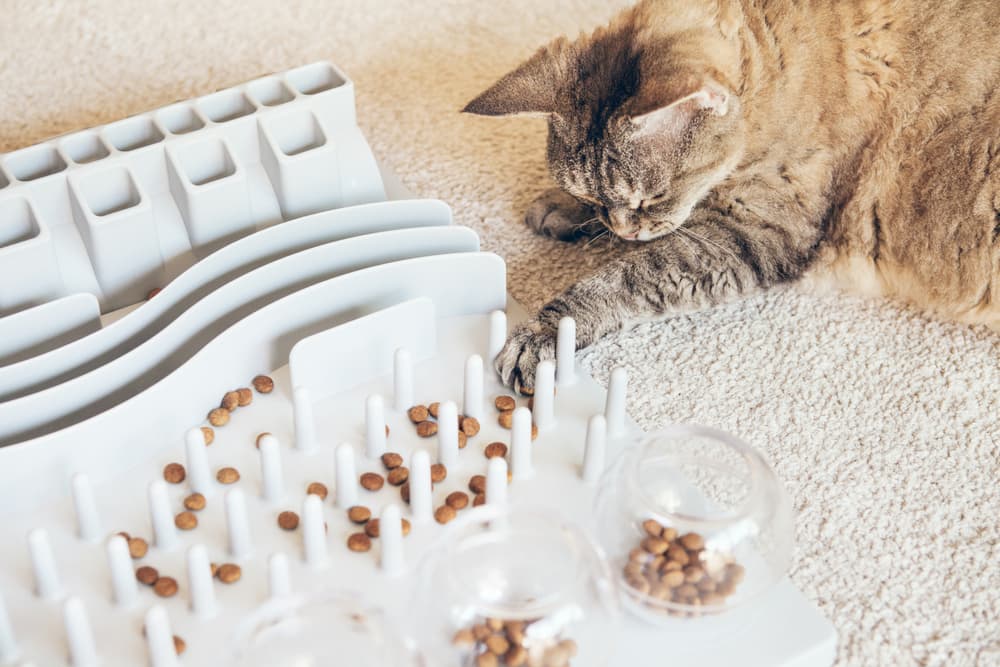
A happy cat enjoys a dental treat, combining fun with oral health benefits.
Financial Considerations
Dental treats are affordable for daily oral care:
-
Price Range: $5–$10 for 1.8–4.5 oz ($2–$3/oz).
-
Bulk Savings: Larger packs (e.g., Greenies 9.75 oz, ~$20) or multi-packs save 10–20%.
-
Subscriptions: Chewy Autoship or Amazon Subscribe & Save offer 5–15% discounts.
-
Usage: A 2.1 oz pack (e.g., Greenies) lasts ~2–4 weeks for a 10 lb cat (10–15 treats daily).
Expert Tip: Invest in VOHC-approved treats to maximize effectiveness, potentially reducing future dental cleaning costs ($200–$500).
Frequently Asked Questions (FAQs)
-
Can dental treats replace brushing or vet cleanings?
No, they enhance but don’t replace brushing or professional cleanings. -
Are dental treats safe for kittens?
Yes, for kittens over 1 year unless specified (e.g., softer treats for younger kittens). -
How many treats can I give daily?
Follow package instructions (e.g., 10–15 for a 10 lb cat), keeping treats <10% of calories. -
Will dental treats cause weight gain?
Possible if overfed; choose low-calorie treats (1–2 kcal/treat) and adjust meals. -
Are grain-free dental treats better?
Not unless your cat has grain allergies; prioritize VOHC approval and protein quality. -
How long do dental treats take to work?
Breath improves in 1–2 weeks; tartar reduction takes 2–4 weeks with daily use. -
What if my cat swallows treats whole?
Try smaller sizes or softer textures; consult a vet for alternatives like water additives. -
Can homemade dental treats work?
They may help (e.g., parsley-based), but lack VOHC approval and risk contamination if raw. -
Where can I buy cat dental treats?
Retailers like Chewy, Amazon, Petco, PetSmart, or vet clinics. -
Do dental treats help with bad breath?
Yes, ingredients like parsley or chlorophyll freshen breath, but persistent issues need a vet check.
Conclusion: A Healthier Smile for Your Cat
Choosing the best cat dental treats in 2025 is a simple, effective way to support your cat’s oral health, reduce plaque and tartar, and keep their breath fresh. By selecting VOHC-approved, vet-endorsed treats tailored to your cat’s needs, you can enhance their daily routine and prevent costly dental issues. With thorough research, veterinary guidance, and consistent use, you’ll ensure your feline friend’s teeth stay healthy and their purrs remain delightful.
Start exploring cat dental treats today by checking trusted retailers like Chewy or consulting your vet. Your cat’s radiant smile awaits—begin their dental care journey now!
